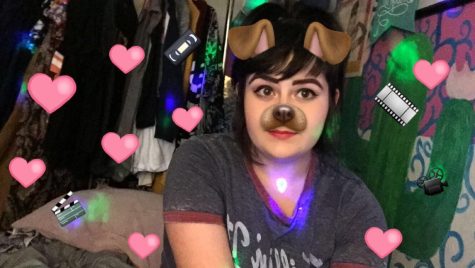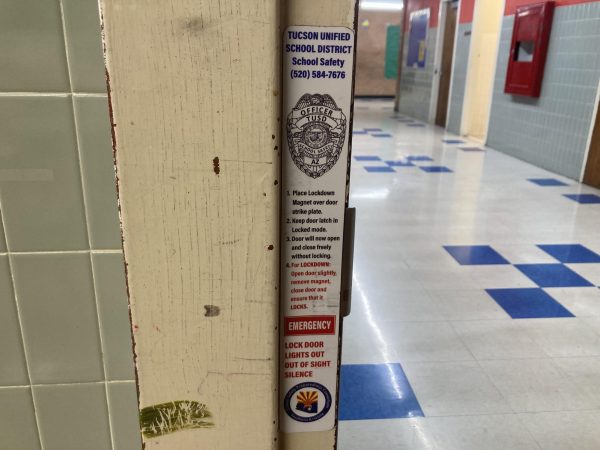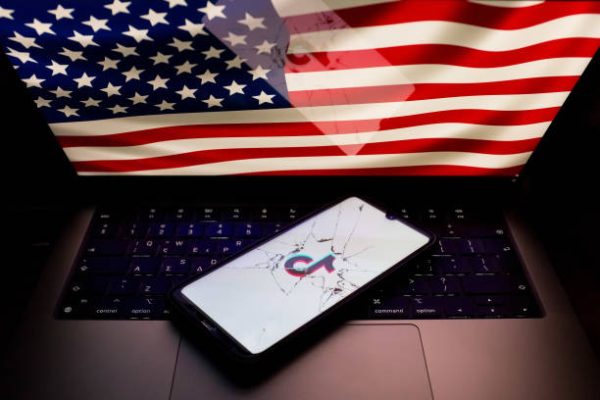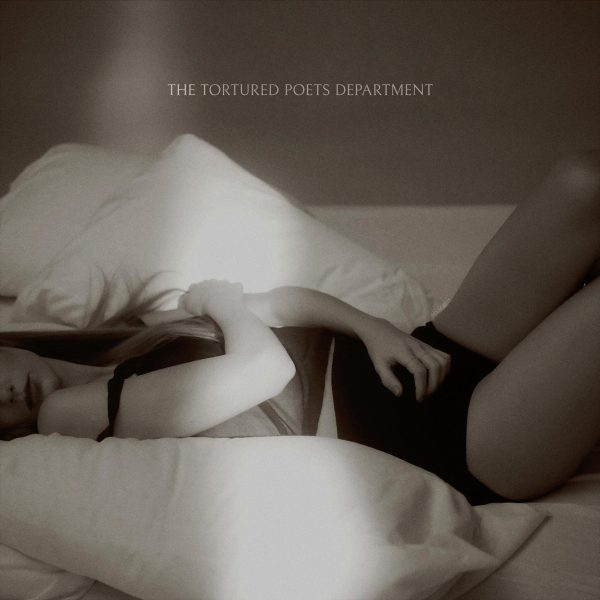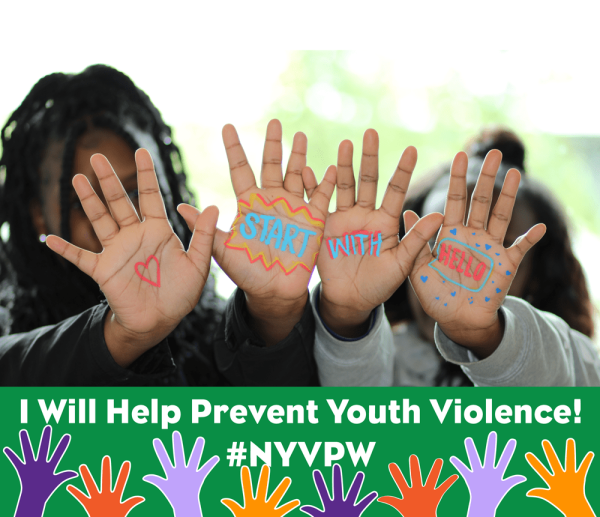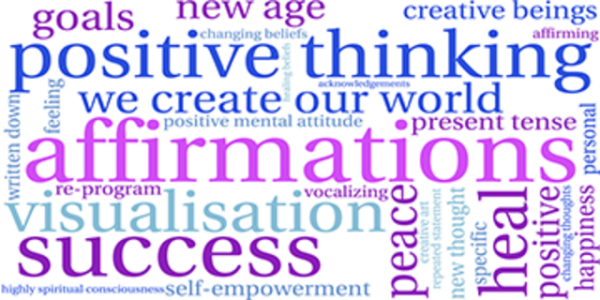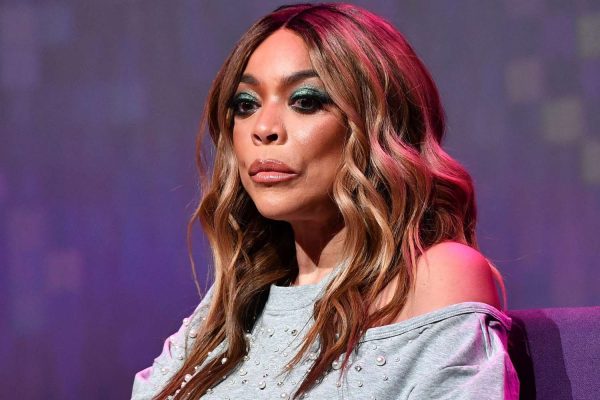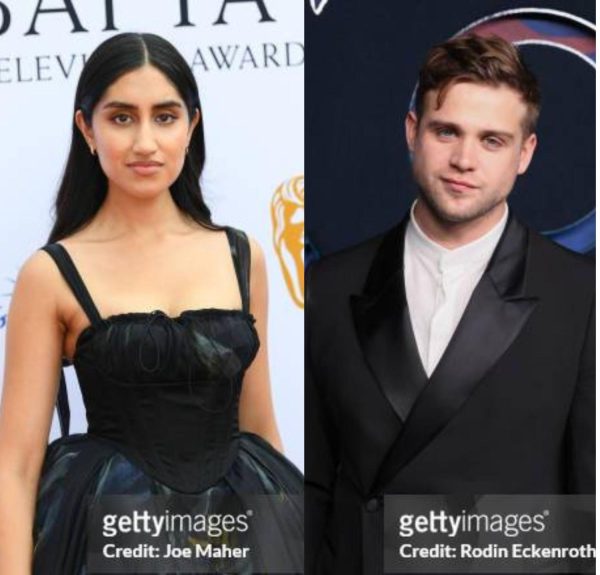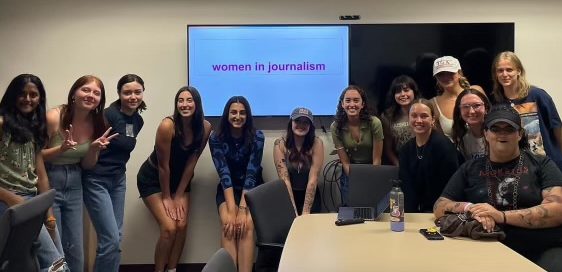Feminism and Horror

January 27, 2016
There’s a very simple way to describe the horror movie’s relationship with women: complex. Most people consider horror to be a predominantly sexist genre. We’ve all seen numerous films filled with ditsy, scantily clad, beautiful girls who everyone knows are bound to be slaughtered by the rusty blade of a killer. But as the years go by, women’s role in horror has been changing, both on screen and off. So now we’re left to decide, has horror revamped its portrayal of women, or is it still a misogynistic bloodbath?
Before we can discuss the good, we have to cover the bad. No one can deny that horror displays an immense amount of sexism. Women are often portrayed as weak, helpless damsels in distress like Barbra in Night Of The Living Dead (1968) or Marion Crane in Psycho (1960). Women are also constantly seen naked, often vulnerable in places like the shower, compared to their often clothed, unexposed male counterparts. Another danger women face is the threat of sexual violence. In 1978’s I Spit On Your Grave, we witness an insanely brutal, almost 30 minute rape scene against our female protagonist, Jennifer. Women also face prolonged death and torture sequences; they’re on average shown scared and in danger five times longer than males. And lastly, the concept that only virgins can survive – sex equals death.
But for every disservice horror films have committed to women, there’s redemption, in the form of films featuring, strong, smart, complex female characters. In reality, there’s many movies in the genre that are widely considered to be feminist films. Ranging from classics like Repulsion (1965), Carrie (1976), Alien (1979) and Day Of The Dead (1985) to modern cult favorites like Ginger Snaps (2000), American Mary (2012), and The Babadook (2014), it’s not as challenging as most would think to find an empowered female character that was destined to be more than just beautiful chainsaw fodder. Starting with Wes Craven’s Scream (1996) and continuing with movies like The Cabin In The Woods (2012) and The Final Girls (2015) horror has even begun to poke fun at its own unwritten rules and stereotypes, especially it’s treatment of women.
Although certain filmmakers will carry on using the same stale, sexist ideals, I firmly believe that women are the past, present, and future of horror movies.

